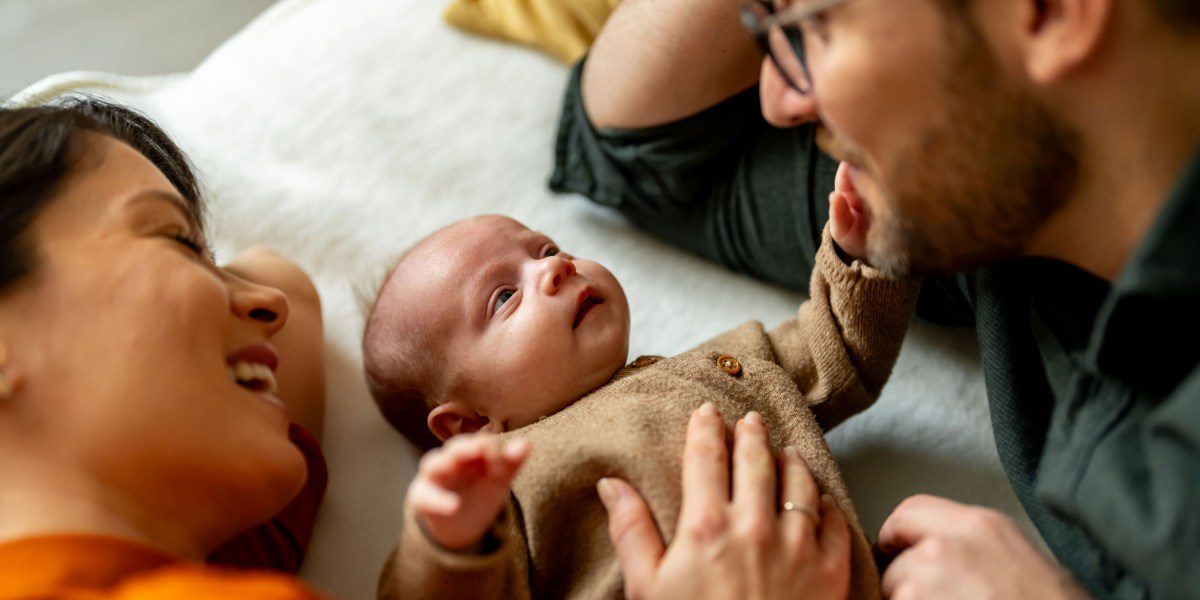The Surprising World of Frozen Embryos: How Reproductive Technologies Are Shaping Families
Let’s dive into a fascinating development in reproductive technologies: the heartwarming tale of Thaddeus, the “world’s oldest baby.” Born from an embryo that’s been frozen for over 30 years, Thaddeus’s story isn’t just about science – it speaks to the profound ways technology is reshaping our families and futures.
A New Kind of Family
It’s not just Thaddeus who’s breaking records; he’s got a 30-year-old sister and a 10-year-old niece. Talk about a unique family tree, right? His biological parents, Lindsey and Tim, contributed their genes, but what’s remarkable is that those genes come from two people who divorced years ago. In a world where traditional family structures often change with the times, this new reality shows us that family looks different for everyone.
A Journey Through Time
Thaddeus isn’t the first baby born from a long-frozen embryo, but he sure has taken the crown from twins Lydia Ann and Timothy Ronald Ridgeway, who made their entrance into the world in 2022 after waiting 30 years. And before them? A little girl named Molly Gibson, who developed from an embryo that had been frozen for 27 years. Can you believe it? These incredible stories really make you wonder: is there truly no limit to how long embryos can be stored? Honestly, it’s astonishing to think that even after three decades at -196 °C (-321 °F), these microscopic miracles can thaw out and develop into thriving babies.
The Growing List of Frozen Embryos
Here’s the deal: as more people turn to in-vitro fertilization (IVF), the number of embryos being created and stored is skyrocketing. We’re talking millions – but no one knows the exact figure. Many embryos will never see the light of day in an IVF procedure. Some folks create embryos but may later find themselves without the desire to have more kids, while others struggle with relationship changes or personal life decisions that impact how they use their embryos. It’s a real rollercoaster, honestly.
The Challenges of Embryo Storage
Not everyone gets to use the embryos they create. For example, take Archerd, who initially hoped to use all four embryos she made with her then-husband. But life had other plans; he wasn’t interested in expanding their family. Other couples split up, or sometimes, they simply age out of using their embryos—many clinics won’t transfer embryos to individuals over a certain age, typically in their late 40s. It raises a compelling question: what happens to those tiny potential lives?
What Does This Mean for the Future?
With such advancements in cryopreservation, the possibilities are endless. More and more embryos are being stored, leading us to ponder deeper questions about fertility, family, and future. Are we prepared for a world where families redefine themselves through technology? It definitely puts a new spin on what it means to start a family.
More Resources to Explore
If you’re curious about the science behind these frozen miracles, check out this resource for an in-depth look at reproductive technologies.
So, what’s your take on all of this? Are you amazed by what technology has done for families, or do you feel cautious about the implications? Let’s talk! Want more insights like this? Drop your thoughts below!
